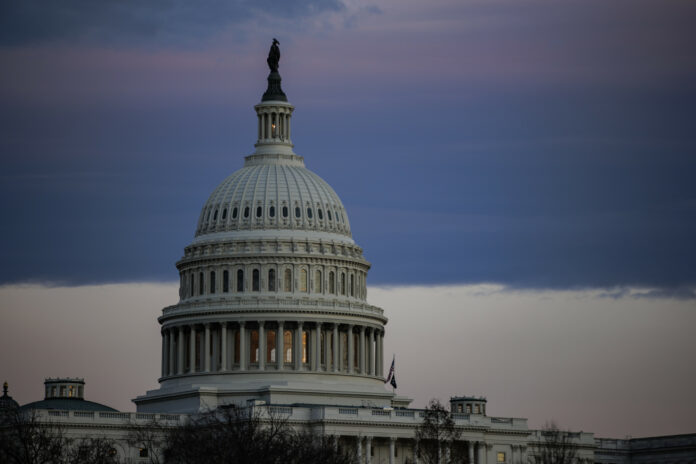Over the next few months, congressional appropriation committee leaders will have to hash out spending levels for individual government programs. President Joe Biden’s budget takes an enormous step toward meeting the nation’s goal of ending the HIV epidemic by 2030 through substantially increasing funding for HIV treatment and prevention programs.
Some in Congress seem set on slashing spending. And that means domestic HIV funding could be on the chopping block. That’s a tragedy—one that could jeopardize our progress in the fight against the virus.
Federally funded programs provide a lifeline for countless individuals with or at risk of HIV. Many of those programs receive government dollars as part of the Ending the HIV Epidemic in the U.S., or EHE initiative, which former President Donald Trump launched in 2019 to reduce new diagnoses by 90 percent by the end of the decade.
The success of that initiative and ongoing HIV programs will rely on a steady stream of funding. While Congress has allocated money each year to support EHE efforts, it’s far less than what’s necessary to meet the program’s ambitions.
One analysis projected that Congress would need to devote at least $1.5 billion to the EHE initiative this fiscal year to ensure we stay on track. But lawmakers only allocated about a third of that sum—roughly $573 million—for 2023.
As a result, we’re falling short of our goals. Tens of thousands of Americans are diagnosed with HIV annually. While that number is dropping, thanks to past investments made on a bipartisan basis, it’s not declining fast enough to meet the EHE initiative’s target of just 3,700 new diagnoses in 2030.
Meanwhile, just about a quarter of Americans eligible for pre-exposure prophylaxis, or PrEP— medicines that are up to 99 percent effective at preventing HIV—are using it. That’s well below the EHE initiative’s goal of 50 percent by the end of the decade.
Uptake is even lower in communities of color. While two-thirds of white people eligible for PrEP are using it, just 9 percent of Black and 16 percent of Hispanic people eligible for PrEP are on it.
Simply put, we’ve made a lot of progress against HIV. But we still have a long way to go to stamp out the epidemic.
Samuel Corum/Getty Images
We know that government funding translates to real progress in the fight against HIV. Even with the relatively little funding community health centers have received through the EHE initiative, they’ve conducted 1.7 million HIV tests and connected 86 percent of newly diagnosed patients to care within 30 days. They’ve also provided PrEP to more than 52,000 patients.
The Centers for Disease Control and Prevention (CDC), meanwhile, distributed 100,000 free HIV self-test kits with EHE initiative funding. And the Ryan White HIV/AIDS program, which provides care for 567,000 low-income, uninsured, or underinsured individuals with the virus, served 22,400 new or re-engaged patients.
To meet the goals of the EHE initiative, all of these programs will need more funding—not less.
Consider the Ryan White program, which might not be able to provide all its clients with the medication they need to suppress their HIV if funding is cut. Since nearly two-thirds of clients have incomes at or below the federal poverty level—about $14,580 for an individual—it’s likely they wouldn’t be able to afford the medication at all.
Going without that treatment can turn HIV from a manageable condition into a death sentence. And without viral suppression, there’s a much greater chance that an individual can transmit the virus to someone else—and increase the HIV epidemic.
Or take the CDC’s efforts to meaningfully expand access to PrEP medications and services. In order to meet our nation’s goals, it will take $521 million in the first year and much more in the years ahead, according to a modeling study my organization published late last year. Such an investment could help to erase disparities in PrEP use and prevent thousands of Americans from ever having HIV in the first place.
President Biden understands as much. He’s asking Congress for $850 million—a $313 million total increase—in funding for efforts to end HIV, including funding for the Centers for Disease Control and Prevention’s HIV programs and the Ryan White program.
Although this falls short of the full funding needed, it’s a step in the right direction. Conversely, any efforts to cut funding will put at risk people’s lives and the progress made to date.
We have the tools needed to end HIV. We just need the political will to use them.
Carl Schmid is executive director of the HIV+Hepatitis Policy Institute.
The views expressed in this article are the writer’s own.


